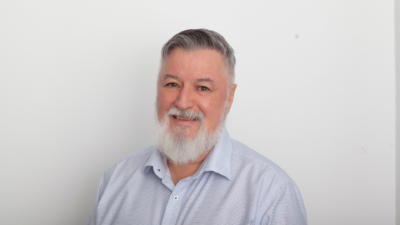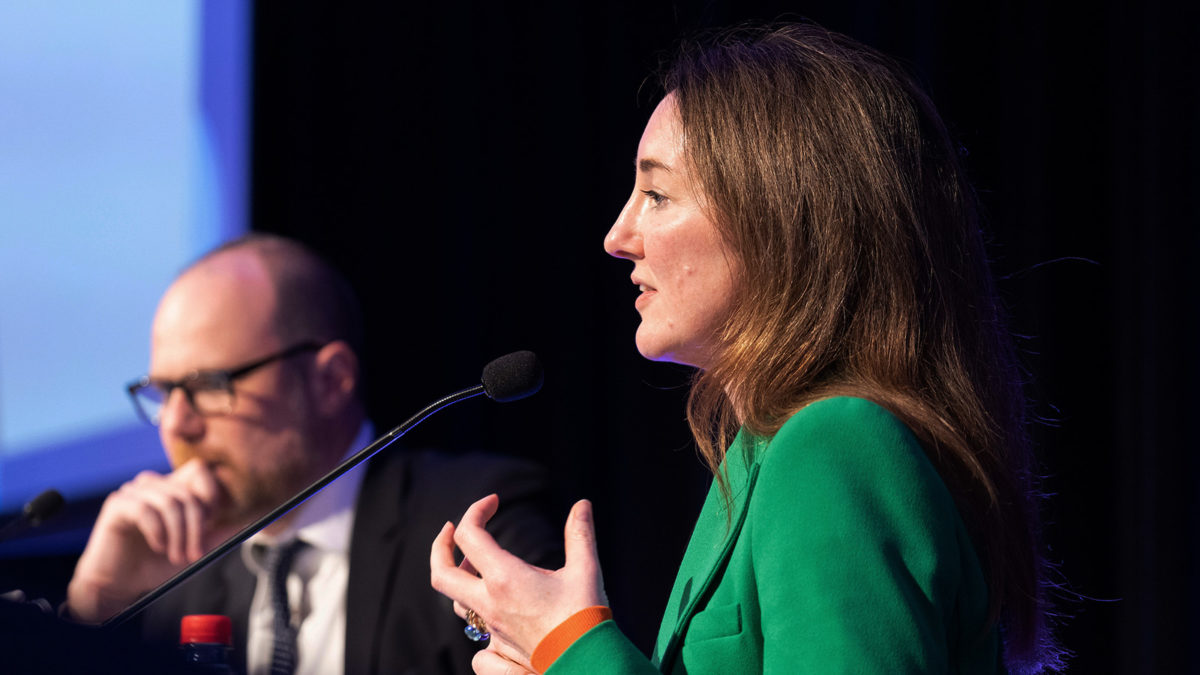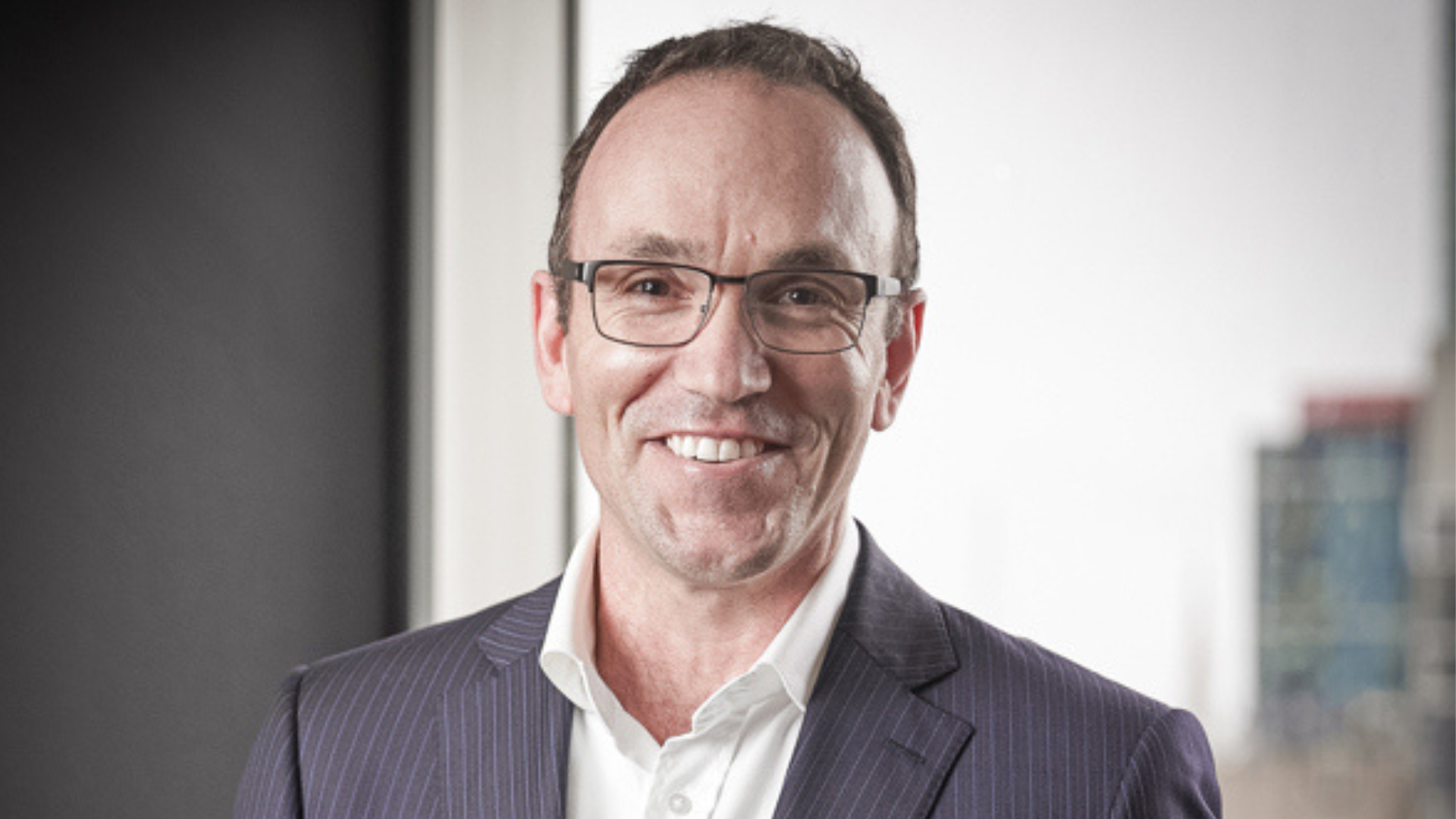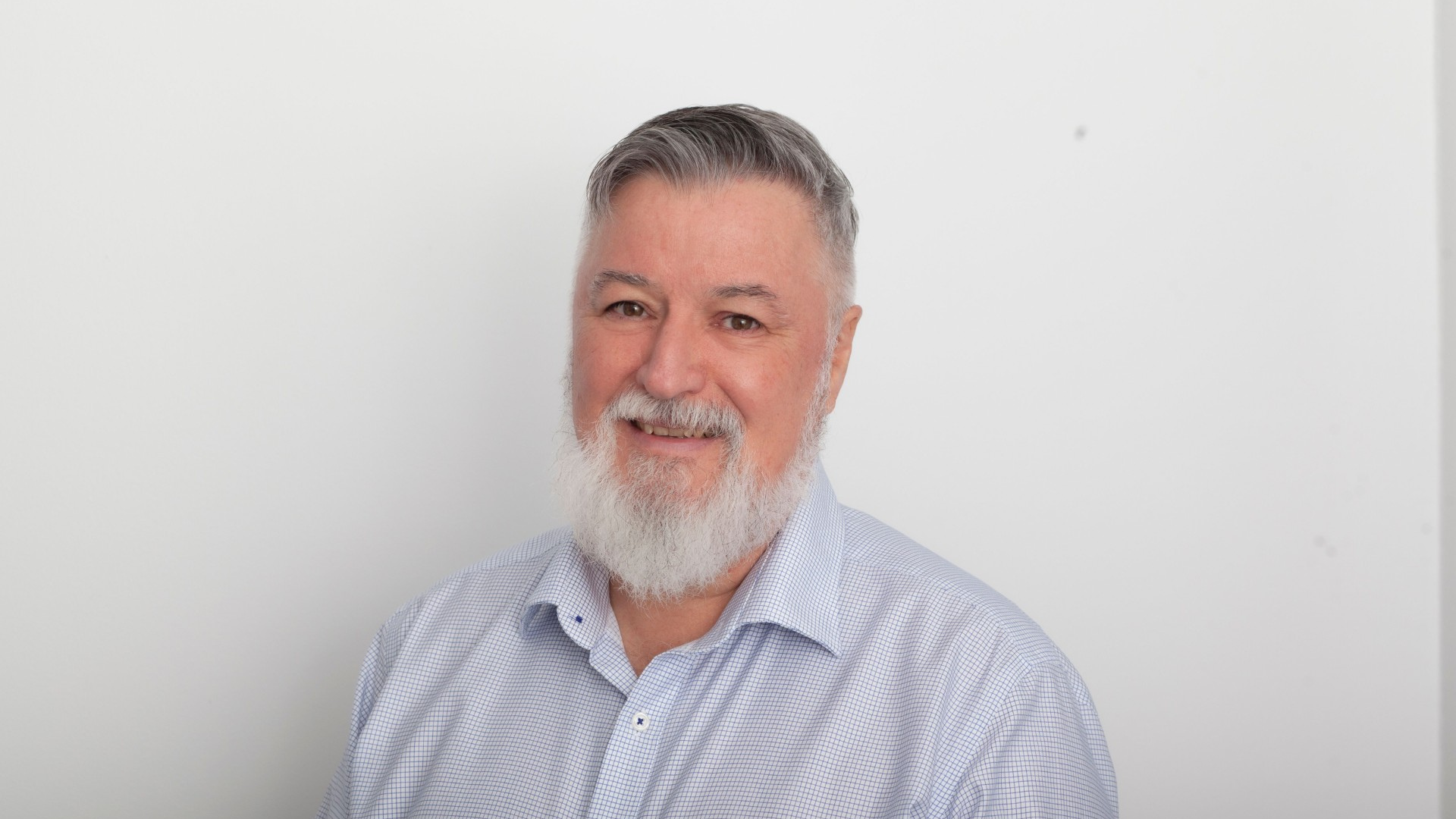Restrained on ESG, but big funds chase impact
It’s unseasonably cold weather in the Gold Coast, as anybody on the street will tell you. Their winter is supposed to be a month away, but the puffer jackets are already out and the beaches are empty. Like any form of weird weather these days, it’s tempting to lay the blame squarely at the feet of climate change. After all, what else could drive the denizens of the Glitter Strip indoors and into something more substantial than Speedos?
It’s been responsible for all the other weird weather – notably this year’s floods, and the scorching summer that gave way to the worst bushfires that Australia had seen in years in 2019 – and as such has become a topline issue for the nation’s largest investors. So it’s no surprise that the first day of the AIST Superannuation Investment conference (ASI) was dominated by discussions on ESG, sustainability, and climate change.
But everybody knows the regulatory legacy of the previous government has only made these things harder. Climate change is the great crisis of our time, but super funds are restrained in how they protect members’ savings against it by the vagaries of the Your Future, Your Super (YFYS) performance test, which has had the (allegedly unintended) effect of bringing a long-term investment horizon to within spitting distance.
“This is quite problematic and has some perverse outcomes as a result of how performance is being measured,” Simon O’Connor, CEO of the Responsible Investment Association of Australasia (RIAA), told ASI on Tuesday (June 14). “Fundamentally, we’re measuring performance against a benchmark that is probably heading us towards a five degree warming by 2050, and we have a lot of super funds with a net zero commitment in place. These things aren’t reconcilable currently.
“We need to think about what we’re measuring against – is that a Paris-aligned benchmark, or one that’s tracking us in the direction we need to go in as long term investors? We’re really encouraged that the incoming minister of financial services has also pointed to this as problematic and something he intends to address.”
Still, that hasn’t stopped super funds from exploring new dimensions of sustainable and responsible investment – notably through impact investing, in which interest has grown in recent years. As Mary Delahunty, managing director of Seven Advisory and former head of impact at HESTA, joked, discussions on impact investing are usually the reserve of only a small handful of people, mostly women. This time the room was full – an indicator, Delahunty said, that there must be money in it after all.
Historically, impact has been the one facet of SRI where its proponents haven’t been preaching to the choir. Best financial interests duty necessitates extracting a financial return, not just a social or environmental one. And on that front, people believe impact is yet to be tested.
During the GFC, Richard Brandweiner – now CEO of Pendal group and chair of Impact Investing Australia – became interested in the National Rental Affordability Scheme, a federal initiative that provided a tax credit to support the development of social and affordable housing. Brandweiner figured out a way to channel that tax credit back to institutional investors. It was “an amazing moment” where he was looking at a very attractive return scheme that would deliver a meaningful social outcome. He soon went about raising institutional money for the new product, but it was “illiquid, untested, and impact wasn’t considered back then.”
As CIO of First State Super (now Aware), Brandweiner began to read about the idea of universal ownership – the idea that large pension and sovereign wealth funds are so diversified and have such long-term horizons that they “effectively own a slice of the whole ecosystem” – and so externalities created in one part of the portfolio are paid for in another.
“So in actual fact, what’s going to drive long-term returns is not which stock or bond you buy, but long-term economic growth, long-term productivity growth, and things like the environment and social conditions,” Brandweiner said. “These things, over 20, 30 or 40 years, are going to be bigger determinants of your long-term performance.”
But the idea of investing in ways that explicitly targeted positive environmental or social outcomes that aligned with Brandweiner’s role as a fiduciary “didn’t really exist.” Most options weren’t liquid enough or high-quality enough for Brandweiner to believe he wouldn’t compromise returns. Still, impact has come a long way in the six or seven years since. Funds are starting to wake up to the fact that, as universal owners, everything they do has second- and third-order impacts that will inevitably flow back into portfolios.
“The financial performance of our portfolios is supported by strong and stable markets,” said Kim Farrant, general manager for responsible investment at HESTA. “And factors like gender equality, decent work, and health and wellbeing, support strong markets. Conversely, systemic risks like climate change and biodiversity loss have the potential to undermine this. So really, it’s in best financial interests to take those actions that support strong and stable markets.”
HESTA’s own efforts include a $70 million social impact investment trust alongside Social Ventures Australia, which is where the fund identifies problems that affect “its members, and other relevant stakeholders in its field, and seek to address them.” That’s a relatively small portion of its total FUM, but the fund also use a whole-of-portfolio approach with thematic investments and a “strong, direct engagement program.” These areas of the portfolio might have a shallow impact, but because of their size they can “still be very material in an overall sense.”
“The issues we’ve identified as priorities are climate change, biodiversity, decent work, good health and wellbeing, gender equality, and sustainable cities and communities, including a specific focus on First Nations cultural heritage,” Farrant said. “The thing that all of these things have in common is that they’re systemic issues that require a systemic response, and that’s something that’s very much embedded into all our portfolios.”











